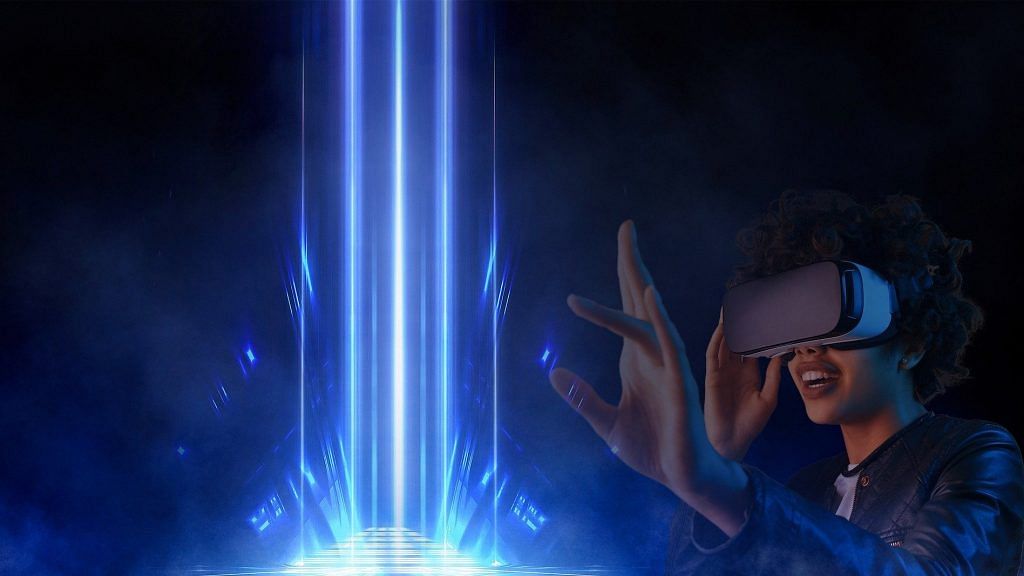- A quarter of people will spend at least an hour a day in the metaverse by 2026, research company Gartner predicts.
- We’ll be doing things like shopping, studying and working.
- Every business we interact with is also expected to be in this new virtual world.
- And we’ll use digital tokens to buy, own and sell things.
The metaverse is where a quarter of us will be working, studying, shopping and socializing for at least an hour a day by 2026, a new study says.
About 30% of the world’s organizations will have metaverse products and services by then, too, says technology research specialist Gartner.
The metaverse will be a single world that merges the activities people are already doing digitally, the company says. Studying in virtual classrooms, building virtual homes and buying digital land are just some of the things that we could all be doing.
“The metaverse will impact every business that consumers interact with every day,” Gartner predicts.
Metaverse – Virtual economy
The metaverse will have a “virtual economy”, including digital currencies and non-fungible tokens (NFTs), Gartner says. NFTs are unique digital tokens that can be used to buy, own and sell digital or physical items online, including music, art and property.
Gartner also predicts that employers will be able to better engage and collaborate with their workers through “immersive workspaces” in virtual offices. Businesses won’t need to create infrastructure for this, because it will be provided by the metaverse.
The metaverse is being hailed as the next evolution of the internet. It is described as “extended reality” – XR for short. This combines augmented reality (AR), virtual reality and mixed reality (MR).
AR is the real world with a kind of digital overlay. VR is a fully digital world. And MR blends real and digital worlds.
Moving into the metaverse
People will wear headsets to enter the metaverse. Shipments of headsets are already predicted to outstrip those of games consoles in the next couple of years.
Facebook said it would become a metaverse company when it changed its name to Meta last year. Microsoft and Sony are among other firms preparing for huge growth in the metaverse. Both recently bought games developers and are working on next-generation headsets.
Brands that traditionally bought advertising space on websites and billboards are now buying up digital land in the metaverse. Prices for metaverse real estate have soared by up to 500% since Facebook announced its metaverse plans.
The logic is that land in the metaverse where a lot of people gather will be more valuable, just like land in the real world.
Victoria Masterson is a senior writer, Formative Content.
This article previously appeared in World Economic Forum.
Also read: Apple and Meta provided subscriber data to hackers who posed as law officers
